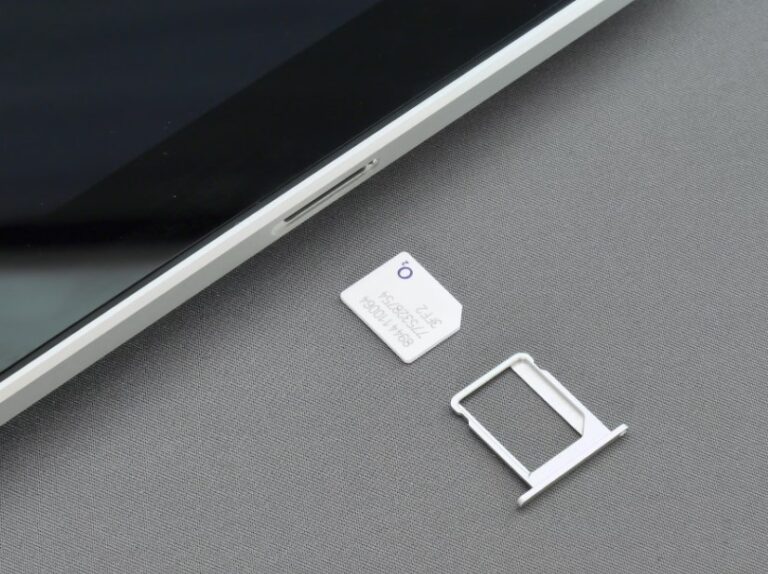They are getting everyone talking about them. The new eSIMs – Embedded Subscriber Identity Module – however, work exactly like the cards we are used to.
So they have a cell phone number that identifies them, and they allow you to send messages and make phone calls by hooking into your carrier’s network. But what new features do they introduce and most importantly, are they secure?
Table of Contents
eSIM: what it is and advantages
Advances in technology do not stop. And the telephony sector seems to be driving this innovative new trend in a big way.
The SIM card is being replaced by a virtual service. In a nutshell, it is no longer necessary to physically own a card (SIM, nanoSIM or microSIM) to also own the phone number. But this becomes virtually activated on one’s smartphone in just a few steps. There should then be no additional costs involved.
Such novelty provide many advantages. Including the impossibility of losing the Sim, or damaging it over the years. Being very small and easy to lose, the great novelty and convenience is that they do not need any physical support.
In addition, manufacturers will be able to make smartphones with larger batteries. Or use the SIM space (which in the design of a smartphone is not small) for other technologies.
The important thing is to remember to activate it. To do so, you install the profile of the mobile network operator you have chosen by framing with your camera a Qr Code that is provided by your operator.
Another advantage is the possibility of using two different mobile numbers on the same device with a single eSIM. This, even with different rate plans or different operators. Also in this way it is possible to avoid paying additional charges for roaming abroad, with special tariffs designed especially for eSIMs.
eSIMs also have many disadvantages
Because eSIMs are built into cell phones, they can no longer work if their devices break. Not being physical they do not . But several operators ask instead to pay for them as if the customer were buying a SIM card.
At the time of activation one must have another SIM’s Wi-Fi or Internet network available in the phone, which is not always possible.
Read also: 5G technology, all you need to know about the last generation mobile network












